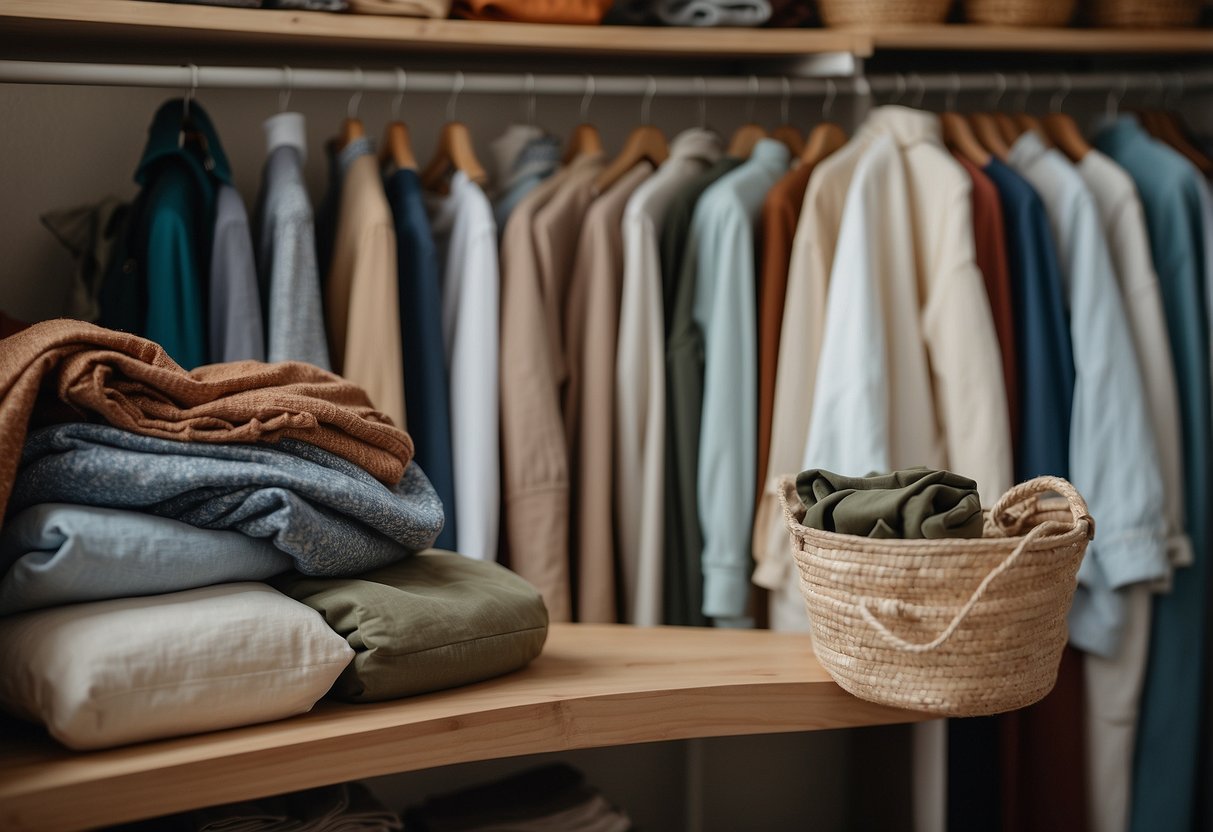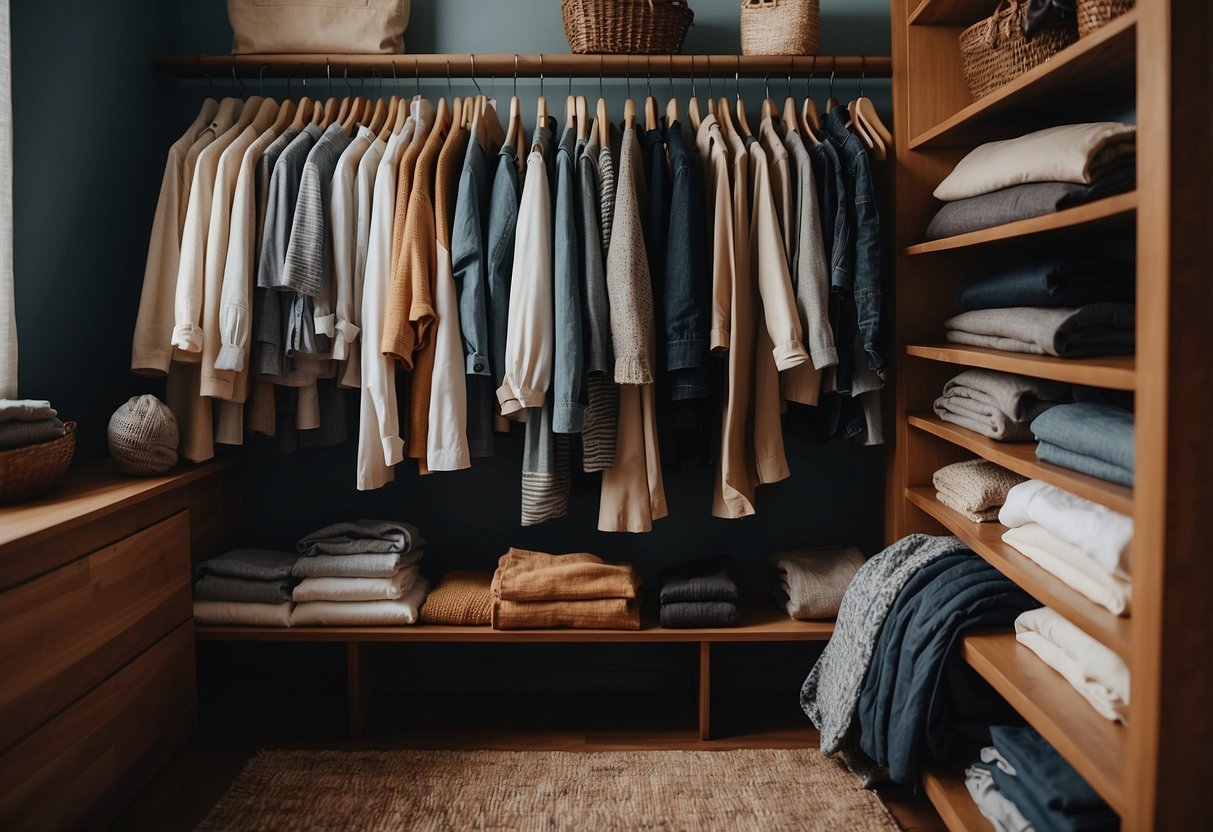
Eco-Friendly Shopping Practices

Adopting eco-friendly shopping practices can significantly reduce the fashion industry’s environmental impact. Focus on purchasing secondhand items and prioritizing quality over quantity in your wardrobe choices.
Secondhand and Vintage
Shopping for secondhand and vintage clothing is a highly effective way to support sustainability. It extends the life of garments that might otherwise end up in landfills. Thrift stores, consignment shops, and online marketplaces offer a variety of styles and brands at affordable prices.
Secondhand clothing is often in good condition because people frequently donate items they hardly ever wore. Moreover, vintage pieces can add unique flair to your wardrobe, setting your style apart from mainstream trends. Choosing pre-loved items reduces the demand for new clothing production, conserving raw materials and energy.
When shopping secondhand, it’s worthwhile to check the quality and fit of items carefully. Some alterations might be necessary, but this personalized touch can transform a garment to match your taste perfectly. Additionally, it’s possible to find high-end and designer items at a fraction of their original price, making this an economical and stylish choice.
Quality over Quantity
Investing in high-quality clothing ensures that your wardrobe lasts longer and needs less frequent replacement. Quality garments are made from durable materials and are often constructed with better craftsmanship. This reduces the cycle of buying and disposing of fast-fashion items, which contributes significantly to environmental waste.
Higher quality clothing may come with a higher upfront cost. However, these items tend to wear better and maintain their appearance over time, providing better value for money. Consumers should look for well-made seams, sturdy fabrics, and clothing that feels substantial and well-constructed.
By prioritizing quality, people can create a more versatile and timeless wardrobe. Mix-and-match pieces that last through seasons can lead to fewer purchases and a more sustainable approach to fashion. Thoughtful purchasing can shift the focus from quantity to long-term value and environmental responsibility.
Maintenance of Sustainable Clothing
Maintaining sustainable clothing involves care in washing, repairing damages when needed, and storing items properly to prolong their lifespan.
Care and Repairs
Proper care is essential for sustainable clothing. Use cold water and gentle detergents to minimize fabric damage and reduce energy consumption. Pay attention to care labels, as some fabrics, like organic cotton, may have specific requirements.
Regular repairs, such as sewing loose buttons or mending small tears, can significantly extend an item’s life. Learning basic sewing skills can be incredibly valuable. For more complex issues, consider visiting a tailor who specializes in eco-friendly practices. Hand washing delicate items or using laundry bags can prevent wear and tear in the washing machine.
Frequent airing out of clothes can reduce the need for frequent washing, preserving the fabric and color. Avoid from fabric softeners and bleach, as these can degrade eco-friendly materials. Natural alternatives like vinegar or baking soda can be effective substitutes.
Proper Storage
Proper storage ensures that sustainable clothing remains in good condition. Store clothes in a cool, dry place to prevent damage from moisture and mold. Use breathable garment bags for delicate pieces to allow air circulation.
Keep clothes out of direct sunlight to maintain color and fabric integrity. Wooden or padded hangers can help maintain the shape of garments, while stacking heavier items like jeans and sweaters on shelves can minimize stretching.
Rotate seasonal clothing and use sachets of lavender or cedar chips to deter moths and insects. These natural methods are eco-friendly and effective. Ensure clothes are clean before storing to avoid attracting pests or causing stains to set in.



